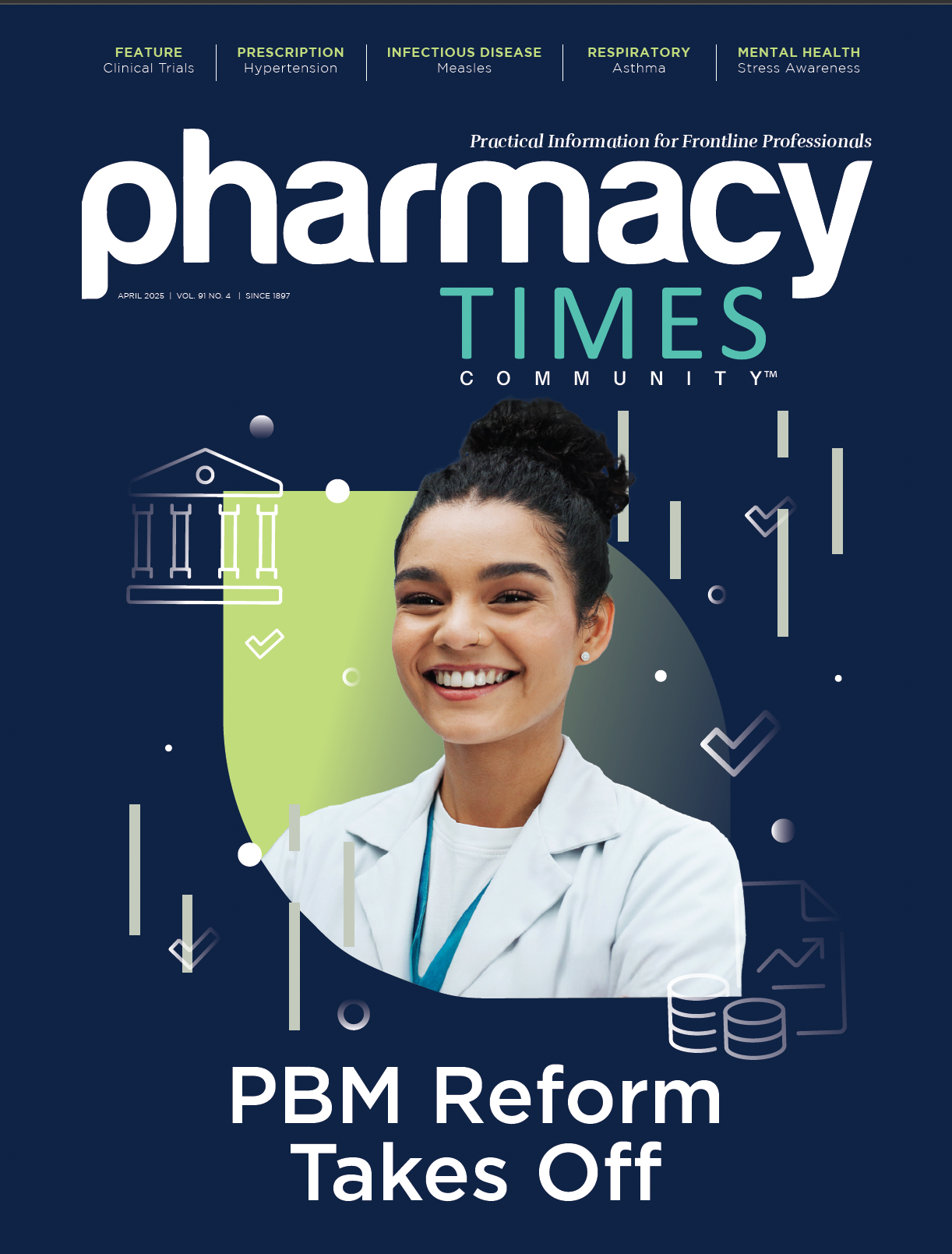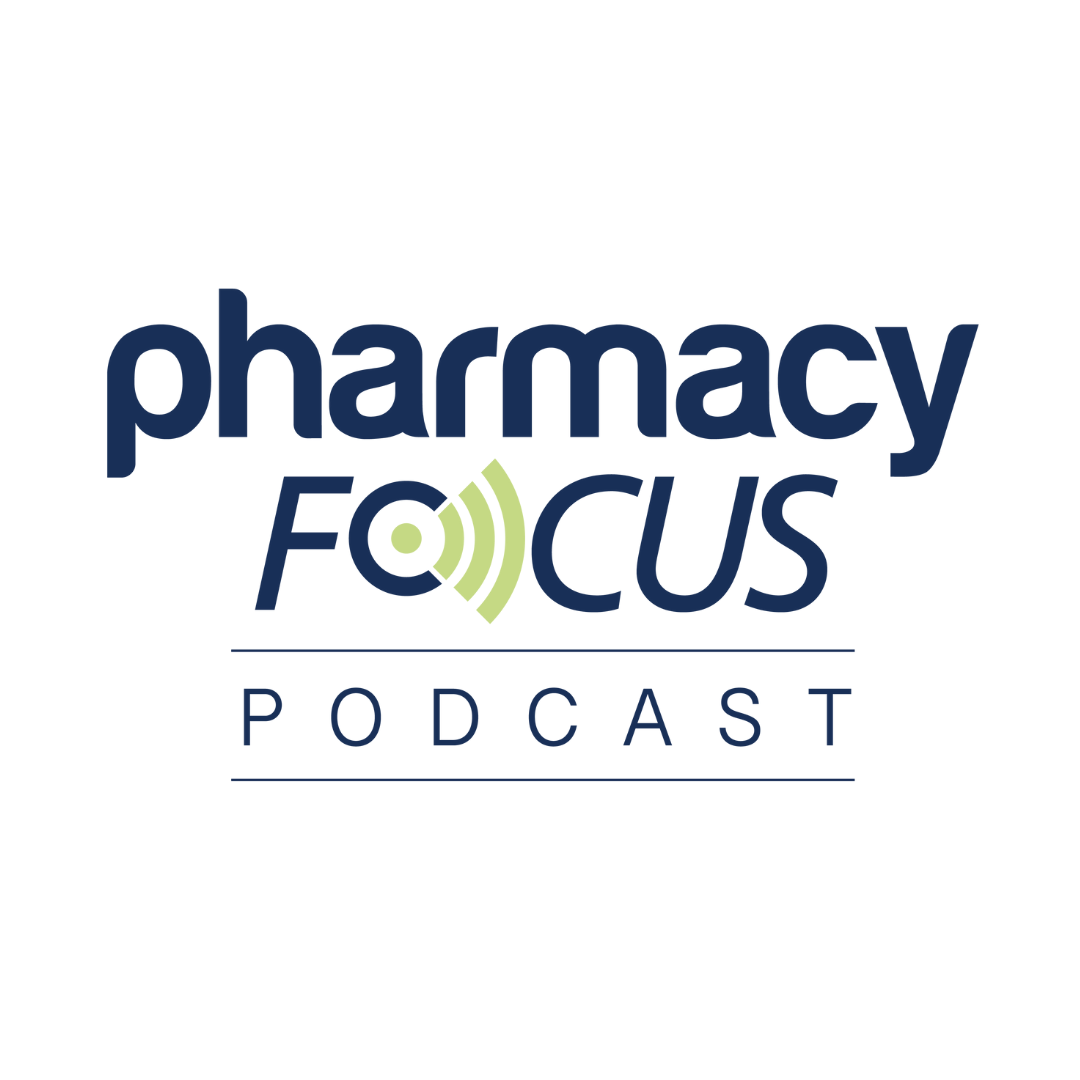Publication
Article
Pharmacy Times
April 2025 Pharmacy Policy Updates
Key Takeaways
- The executive order mandates price transparency in healthcare, requiring disclosure of actual prices and standardization across hospitals and insurers.
- NIH's decision to limit vaccine hesitancy research grants may hinder efforts to address declining vaccine uptake and understanding of hesitancy.
Executive Order Advances Price Transparency Efforts
As part of the "Make America Healthy Again" movement, President Donald J. Trump signed an executive order (EO) to enforce stricter price transparency standards in the health care industry to help lower costs for Americans. The EO builds on efforts from his first term that forced health insurers and hospitals to disclose detailed prices for prescriptions and services.1
Image credit: Sandwish |stock.adobe.com

The EO, titled “Making America Healthy Again by Empowering Patients with Clear, Accurate, and Actionable Healthcare Pricing Information,” was signed on February 25, 2025, and is a continuation of a 2019 EO’s efforts to improve price transparency between patients, hospitals, and insurers. It asserts that within 90 days of the order, federal agencies must (1) require the disclosure of actual prices of items or services, (2) issue updated guidance to ensure pricing information is standardized and easily comparable across hospitals and health plans, and (3) issue guidance updating enforcement policies to ensure compliance with transparent reporting of data.2
“This [EO] happens to be one that has bipartisan support, which means that it has endured and had more of an implication than other ones perhaps. It originally came out in 2019 as a Trump [EO],” Chris O’Dell, senior vice president of market solutions at Turquoise Health, explained.
Although many support lowering health care costs, the path to full implementation is complex. Lowering health costs requires more than just price transparency to yield the kind of substantial changes that patients need; it requires larger reform across the entire health care system.—Alexandra Gerlach, Associate Editor
REFERENCES
1. Making America healthy again by empowering patients with clear, accurate, and actionable healthcare pricing information. The White House. February 25, 2025. Accessed March 14, 2025. https://www.whitehouse.gov/presidential-actions/2025/02/making-america-healthy-again-by-empowering-patients-with-clear-accurate-and-actionable-healthcare-pricing-information/
2. Fact sheet: President Donald J. Trump announces actions to make healthcare prices transparent. The White House. February 25, 2025. Accessed March 14, 2025. https://www.whitehouse.gov/fact-sheets/2025/02/fact-sheet-president-donald-j-trump-announces-actions-to-make-healthcare-prices-transparent/
NIH Limits Grants for Vaccine Hesitancy Studies
According to new reporting from The Washington Post and Science, the National Institutes of Health (NIH) is terminating or limiting research grants awarded to projects focused on investigating why people may be hesitant to be vaccinated and strategies to increase vaccine uptake. The new actions, reportedly announced in an email sent to NIH officials, raise questions about the future of research into vaccine hesitancy in the United States at a time when vaccine uptake is dwindling across the country and worldwide.1,2
More than 40 grants are affected by the order, reporting indicates. According to Science, these include awards involving vaccines for COVID-19, chickenpox, mpox, and human papillomavirus. Furthermore, grants that sought to promote vaccine uptake among racial minority groups or better understand vaccine reluctance among parents for their children were among those reportedly affected. Cancellations in these areas could be especially impactful, as racial minority communities are disproportionately affected by vaccine-preventable illnesses and report higher rates of vaccine hesitancy.2,3
Vaccine hesitancy has contributed to decreased vaccination coverage among individuals across the country and worldwide for many diseases that are preventable with proper coverage. Successful vaccination programs in low-income areas of the world that are at higher risk of poor outcomes from diseases preventable by vaccines can be derailed by widespread lack of confidence in vaccines, heightening the risk of disease spread or epidemics. In the absence of NIH-funded research, a knowledge gap may form regarding vaccine hesitancy, stalling efforts to prevent the spread of infectious diseases.4—Luke Halpern, Assistant Editor
REFERENCES
1. Johnson CY, Achenbach J. NIH to terminate or limit grants related to vaccine hesitancy and uptake. Washington Post. Updated March 10, 2025. Accessed March 12, 2025. https://www.washingtonpost.com/health/2025/03/10/vaccines-nih-rfk-research-canceled
2. Reardon S. NIH to ax grants on vaccine hesitancy, mRNA vaccines. Science. March 10, 2025. Accessed March 12, 2025. https://www.science.org/content/article/nih-ax-grants-vaccine-hesitancy-mrna-vaccines
3. Halpern L. Trust-building and tailored interventions essential to improving COVID-19 vaccine rates, confidence among Black women. Pharmacy Times. January 22, 2025. Accessed March 12, 2025. https://www.pharmacytimes.com/view/trust-building-and-tailored-interventions-essential-to-improving-covid-19-vaccine-rates-confidence-among-black-women
4. Dubé E, Laberge C, Guay M, Bramadat P, Roy R, Bettinger J. Vaccine hesitancy: an overview. Hum Vaccin Immunother. 2013;9(8):1763-1773. doi:10.4161/hv.24657
PBMs, Pricing, and Policy: The Fight for Fair Access to GLP-1s
As the cost of health care continues to rise, access to life-changing medications remains a pressing issue for patients and providers alike. Glucagon-like peptide-1 (GLP-1) receptor agonists have emerged as powerful treatments for obesity and type 2 diabetes, with growing potential for additional therapeutic applications. However, despite their clinical benefits, the high cost of these medications—paired with restrictive insurance coverage—has left many patients unable to access them.
Pharmacy benefit manager (PBM) reform has emerged as a critical issue in the effort to improve patient access to essential medications, including GLP-1 receptor agonists. Government agencies, health experts, and patient advocates have increasingly called for transparency in drug pricing and formulary decisions as the cost of care rises. Patients and health care providers have raised the alarm, advocating for improved transparency, fair pricing, and better access to critical therapies. However, PBM reform isn’t linear—it requires dynamic legislative action to ensure transparency and fairness in health care.1
For GLP-1s, PBM reform could mean greater access to weight management and metabolic treatments as insurers reassess coverage policies in response to regulatory changes. By shifting toward cost-effective incentives for patients, reforms could help reduce financial barriers that have kept these therapies out of reach for many who need them.1—Alexandra Gerlach, Associate Editor
REFERENCE
1. PBM reform: tackling transparency, pricing, and patient access. Pharmacy Times. March 6, 2025. Accessed March 19, 2025. https://www.pharmacytimes.com/view/pbm-reform-tackling-transparency-pricing-and-patient-access

Newsletter
Stay informed on drug updates, treatment guidelines, and pharmacy practice trends—subscribe to Pharmacy Times for weekly clinical insights.





